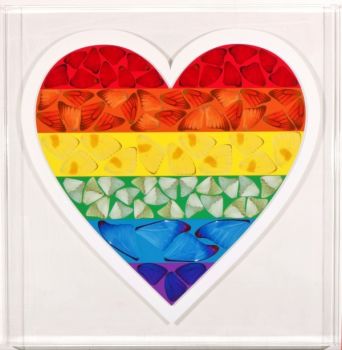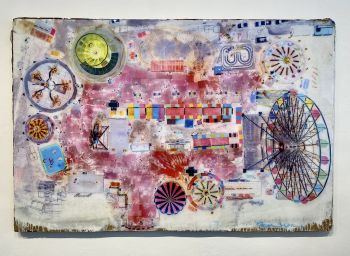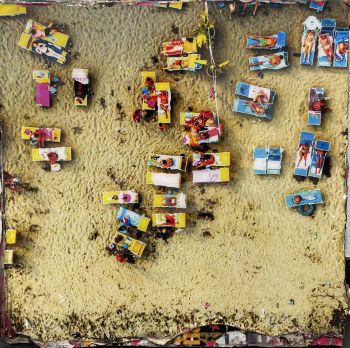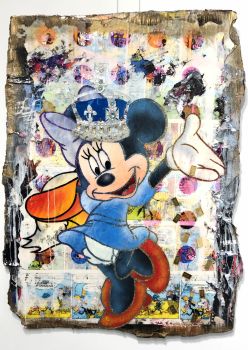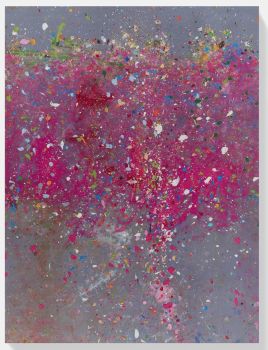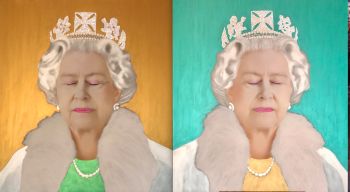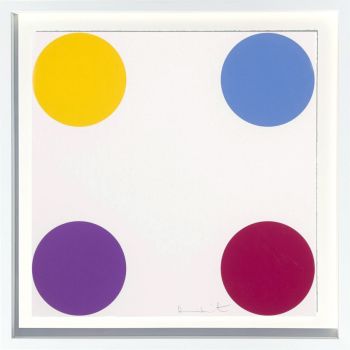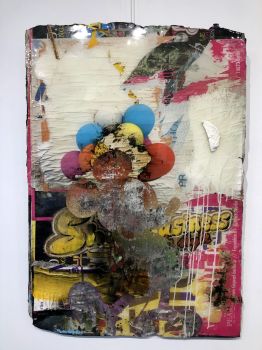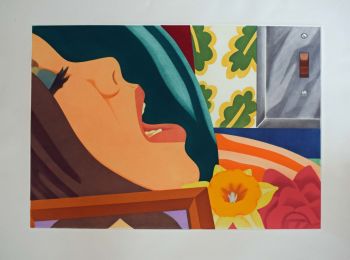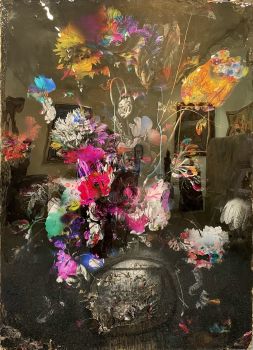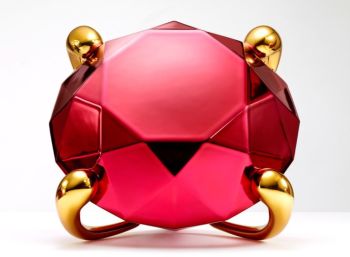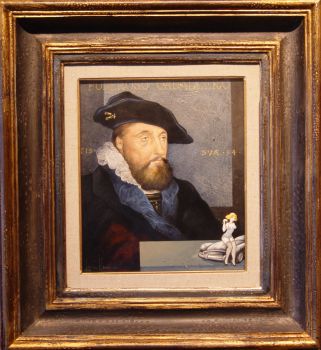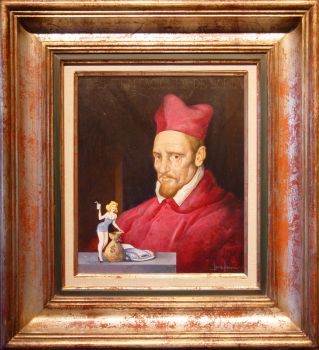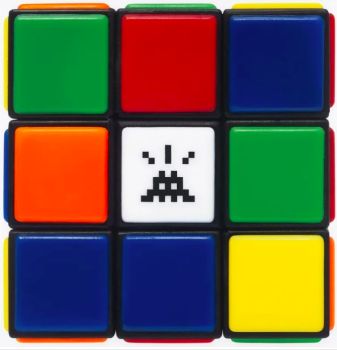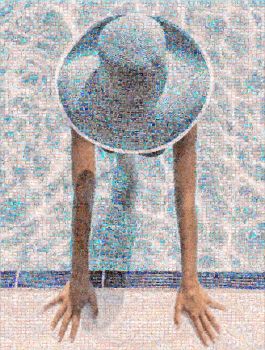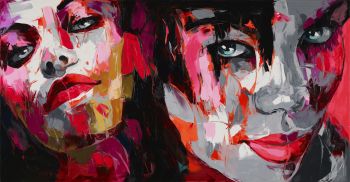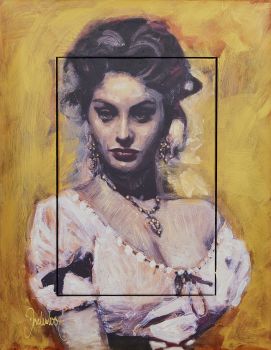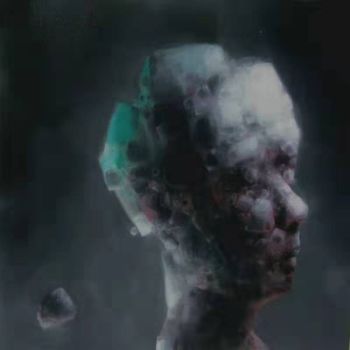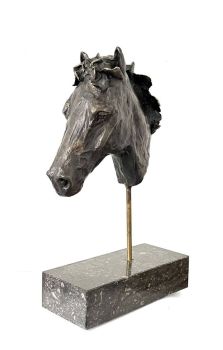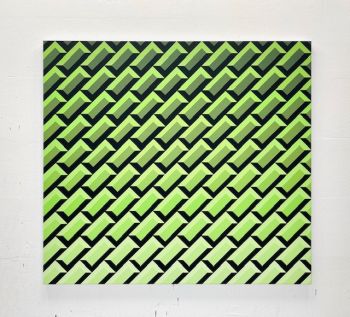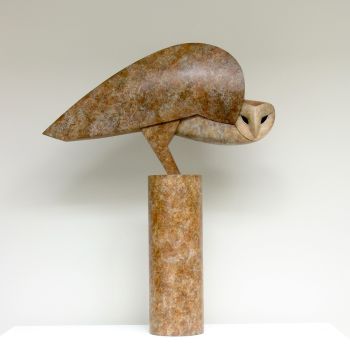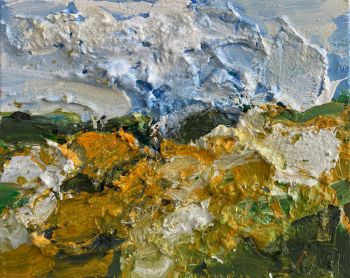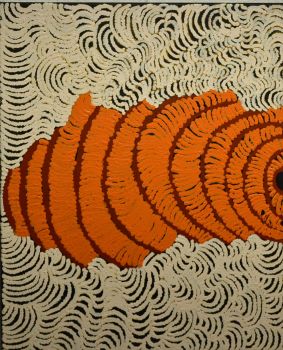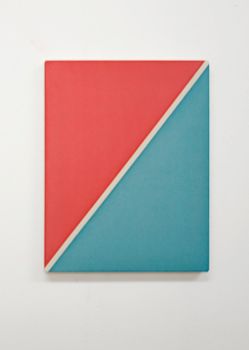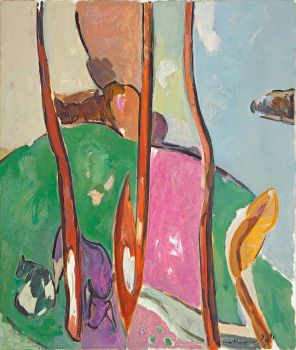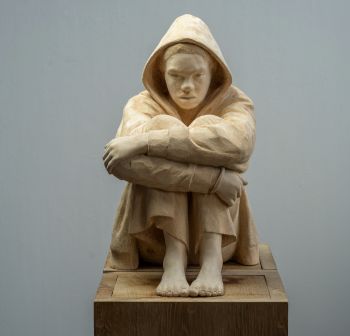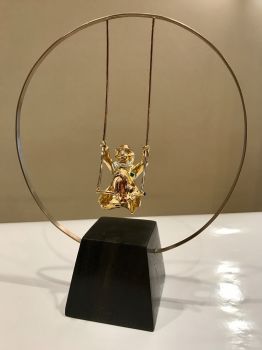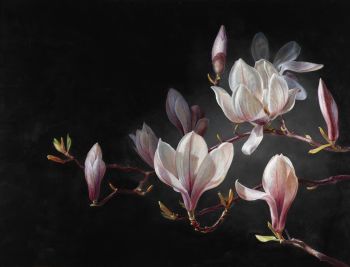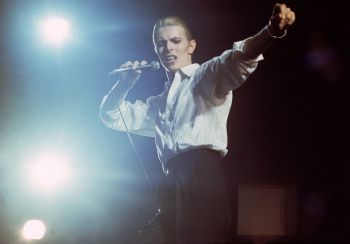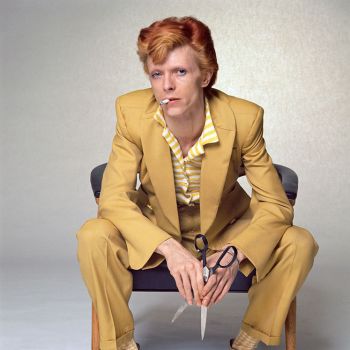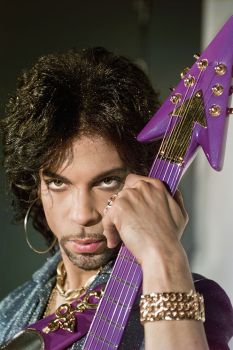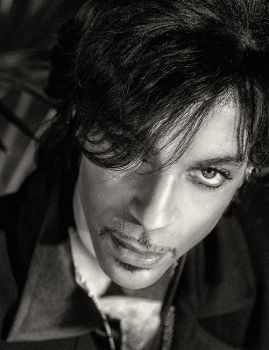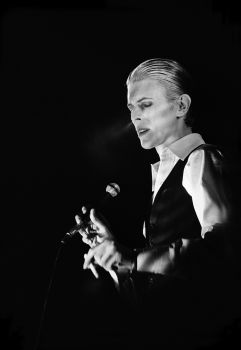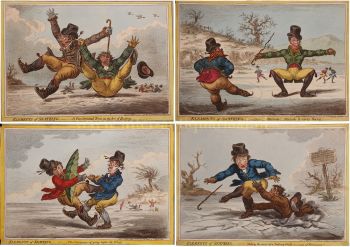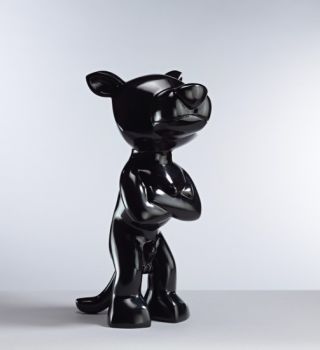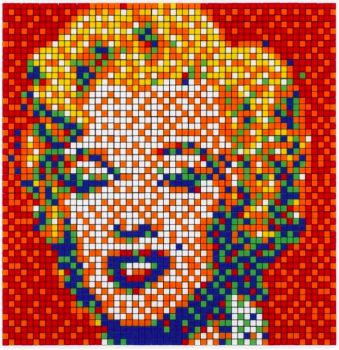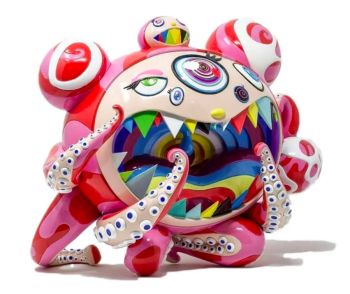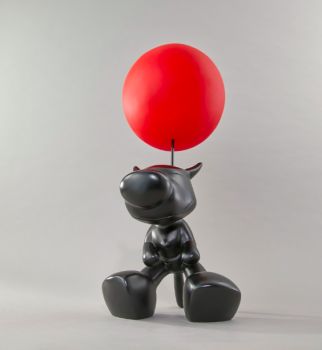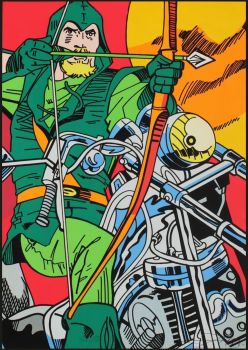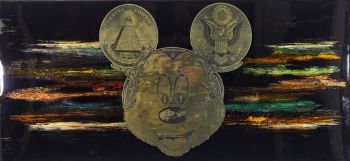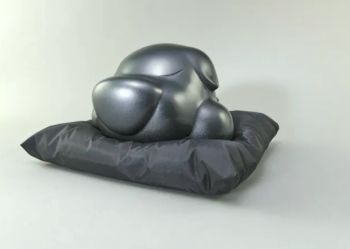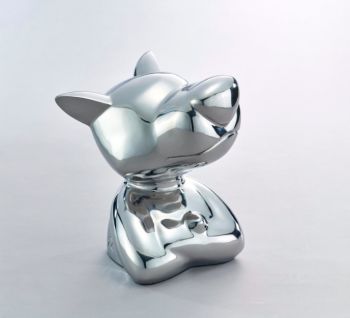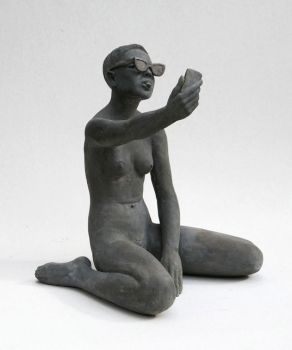When we talk about Pop Art, almost everyone knows Andy Warhol's screen prints. Marilyn Monroe's soup cans and portraits have since then become iconic. But how did this art form actually originate and what was the idea behind it? And what do we actually mean by Pop Art and what types of Pop Art are there today? In this article we provide you an answer to this and give you a number of examples. And at the end of this article we indicate a good start to discover and buy original Pop Art.
Reason for the emergence of Pop Art
After the Second World War, New York was the capital of the art world and 'abstract expressionism' is at its heyday. Artists such as Jackson Pollock and Mark Rothko dominated the art world until a young group of artists turned against abstract art. The hyper-serious and conceptual nature of this art movement ultimately provided the ideal breeding ground for a reactionary movement such as Pop Art.
 Pop Art Sample: Marilyn Monroe's Diptych by Andy Warhol
Pop Art Sample: Marilyn Monroe's Diptych by Andy Warhol
Pop Art is therefore the abbreviation for “popular art” and refers to the mass media and popular modern culture. Because artists of Abstract Expressionism saw the museum as the ideal elite place for their artworks, the logical reaction was that Pop Art wanted to bring the art to the people, even to the street through so-called 'happenings'.
 Pop Art Sample: Andy Warhol, Campbell's Soup Cans, 1962, The Museum of Modern Art
Pop Art Sample: Andy Warhol, Campbell's Soup Cans, 1962, The Museum of Modern Art
Who Introduced Pop Art first?
The name Pop Art was introduced by British critic Lawrence Alloway, who was part of a group of artists, architects and critics, the Independent Group, that met at the Institute of Contemporary Art in London.
Alloway used the term in 1949 as an abbreviation for the concept of popular mass culture. The artwork of Englishman Richard Hamilton "Just What Is It That Makes Today's Homes So Different, So Appealing?", a 1956 collage, is widely regarded as the beginning of Pop Art. This collage contains all the elements that Pop Art will use later on.
 Neo-Pop Art: "Just What Is It That Makes Today's Homes So Different, So Appealing?", Richard Hamilton, 1956
Neo-Pop Art: "Just What Is It That Makes Today's Homes So Different, So Appealing?", Richard Hamilton, 1956
His collage 'Just What is it that Makes Today's Home so Different, so Appealing?' is important not only because the word 'pop' is depicted in the artwork, but also because the work is typified by the modern metropolitan, commercialized society.
What was the idea behind Pop Art?
Although many Pop Art works were initially primarily intended for decoration, this art movement did indeed arise from a certain zeitgeist, namely that of freedom, sexual revolution and women's emancipation. For several Pop Art artists, Irony also played a major role in their work.
In keeping up with the political climate in the 1960s, Pop Art was also concerned with political themes. Among the important phenomena associated with this art movement are de-happenings. Artists expressed their freedom in an expressive way through performances on the street.
 Pop Art Example: Jasper Johns, Flag, 1954
Pop Art Example: Jasper Johns, Flag, 1954
Everyday utensils from consumer society, mass-produced serial products and all possible reproducible objects were henceforth accepted as motifs in art. And with that, the Pop Art movement was closer to life and much flatter than the art made before it.
The typical features of Pop Art
Images from magazines and comics, but also everyday objects were incorporated into Pop Art art. The glorification of the consumer society mixed traditional "high" art forms with "low" images for the masses. In the beginning, collages and serigraphs were mainly used for this, but later sculpture and painting followed.
 Typical Pop Art art by Hayo Sol, Queen Elizabeth Twin Edition, 2021 available at Gallerease
Typical Pop Art art by Hayo Sol, Queen Elizabeth Twin Edition, 2021 available at Gallerease
Pop Art themes are taken from comics, advertising, television, newspapers and magazines. Pop Art is the portrayal and glorification of consumer society using everyday images and trivial objects.
Images of well-known celebrities such as Elvis Presley, Marilyn Monroe and Mao, as well as soup cans, spaghetti packages, cola bottles and other supermarket products could be depicted as subjects in the artworks.
 Pop Art Sample: Roy Lichtenstein, Drowning Girl, 1963, The Museum of Modern Art, New York
Pop Art Sample: Roy Lichtenstein, Drowning Girl, 1963, The Museum of Modern Art, New York
There are many different working methods within Pop Art. Andy Warhol, for example, serialized his work by means of screen printing. Roy Lichtenstein specialized in depicting his subjects as comic strip images with hand-painted grid dots.
Tom Wesselmann for example chose to idealize the image of women in high-gloss magazines. Robert Rauschenberg made large painted image collages. Different materials were processed together: photos, paint, but also real objects, which were incorporated into the paintings as relief.
 Tom Wesselmann, Still life with Blond, 1999, available through Gallerease
Tom Wesselmann, Still life with Blond, 1999, available through Gallerease
Neo-Pop Art as a contemporary sequel to Pop Art
Neo-Pop Art refers to the work of a number of artists who appeared in the New York art world in the late eighties of the twentieth century. For example, Ashley Bickerton (1959), Jeff Koons (1955), Alan McCollum (1944) and Haim Steinbach (1944).
Using the methods, images and materials of the Pop Art of the sixties as a starting point, Neo-Pop Art again reshaped Pop Art in the most ironic and objective sense of the word. The separation between art and kitsch therefore no longer existed. Jeff Koons, for example, transformed children's toys into a sizeable, lasting monument.

The visual similarity between Pop Art and Neo-Pop is great, but there is a big difference in approach and mentality between the two forms. In the end, Pop Art was not about abolishing the distinction between 'high art' and 'low art' for good. Neo-Pop artists wanted just that; Koons en Steinbach, for example, take the psychological and visual qualities of consumer culture very seriously.
 Neo Pop Art by Hain Steinbach, Cookie jar, Jamaican head, Stormtrooper, dog chew, 2016
Neo Pop Art by Hain Steinbach, Cookie jar, Jamaican head, Stormtrooper, dog chew, 2016
They place on a pedestal the most banal desire for certainty and safety and the easiest, a-intellectual way of organizing. Not to let them shine in stupidity and thereby shock, but to bring them in festively as the bearers of a new art: art that reassures 'lower middle America' and confirms it in its identity. Other well-known Neo-Pop artists are Cady Noland (1956), Vitali Komar (1943), Damien Hirst (1965), Gary Hume (1962) and Gavin Turk (1967).
 Example of contemporary Pop Art with a wink by Bram Reijnders What....If? 2021
Example of contemporary Pop Art with a wink by Bram Reijnders What....If? 2021
Where to start to discover and buy Pop Art?
If you are interested in discovering and buying unique and genuine Pop Art, you can start your search here at Gallerease. We already have collected the most beautiful curated art from the best galleries and art dealers for you. Here you can easily search by style, shape, size, material, color, subject and artist. Neo Pop Art by Hain Steinbach, Cookie jar, Jamaican head, Stormtrooper, dog chew, 2016
Neo Pop Art by Hain Steinbach, Cookie jar, Jamaican head, Stormtrooper, dog chew, 2016
 Example of contemporary Pop Art with a wink by Bram Reijnders What....If? 2021
Example of contemporary Pop Art with a wink by Bram Reijnders What....If? 2021

 Pop Art Sample: Marilyn Monroe's Diptych by Andy Warhol
Pop Art Sample: Marilyn Monroe's Diptych by Andy Warhol Pop Art Sample: Andy Warhol, Campbell's Soup Cans, 1962, The Museum of Modern Art
Pop Art Sample: Andy Warhol, Campbell's Soup Cans, 1962, The Museum of Modern Art Neo-Pop Art: "Just What Is It That Makes Today's Homes So Different, So Appealing?", Richard Hamilton, 1956
Neo-Pop Art: "Just What Is It That Makes Today's Homes So Different, So Appealing?", Richard Hamilton, 1956 Pop Art Example: Jasper Johns, Flag, 1954
Pop Art Example: Jasper Johns, Flag, 1954 Typical Pop Art art by
Typical Pop Art art by  Pop Art Sample: Roy Lichtenstein, Drowning Girl, 1963, The Museum of Modern Art, New York
Pop Art Sample: Roy Lichtenstein, Drowning Girl, 1963, The Museum of Modern Art, New York


